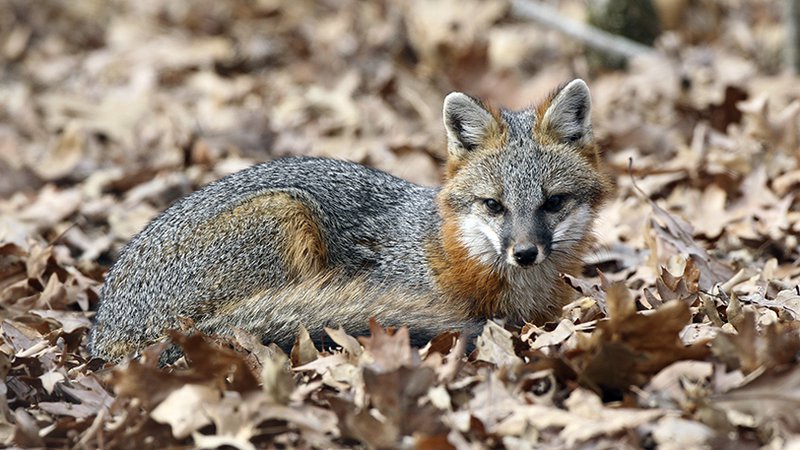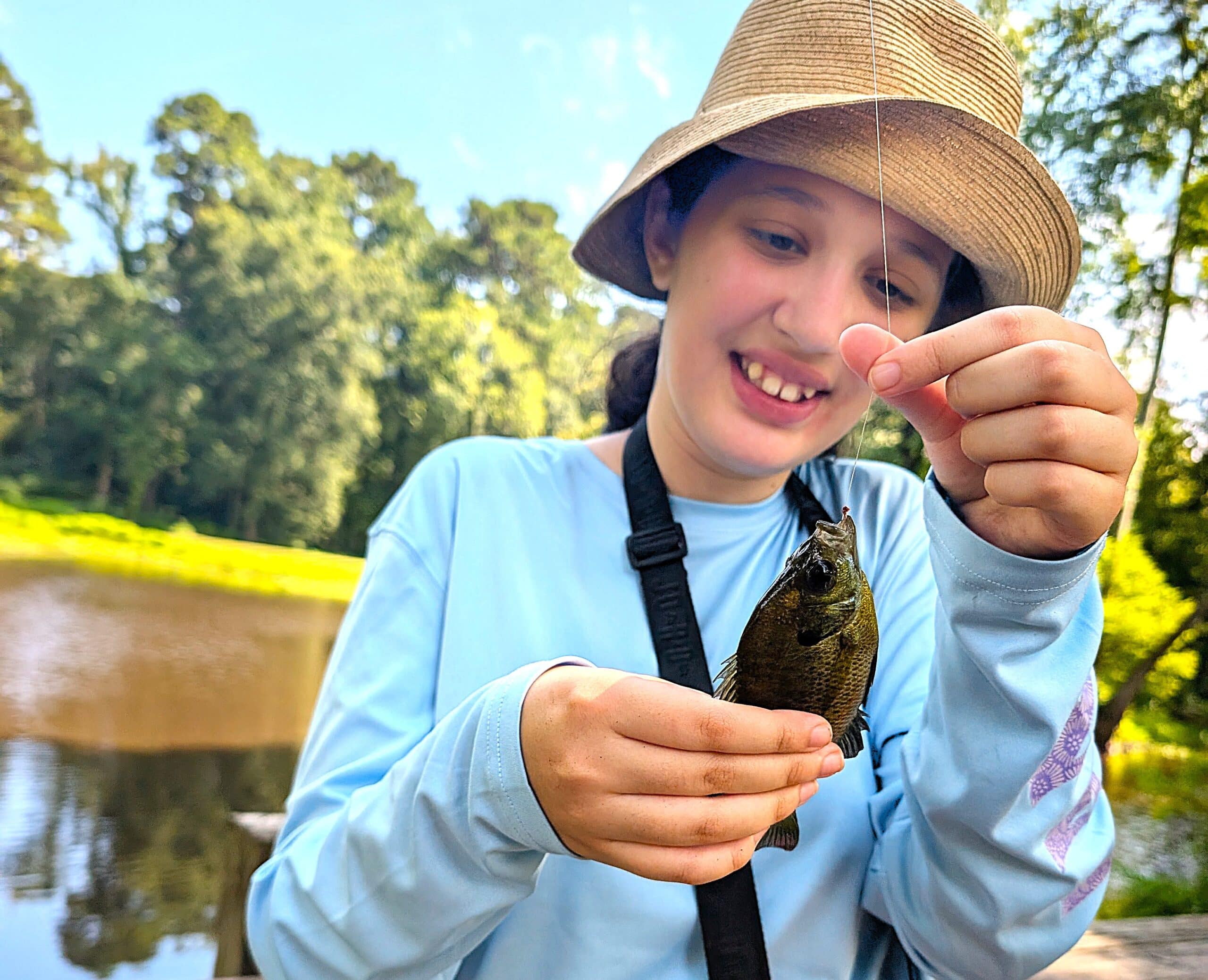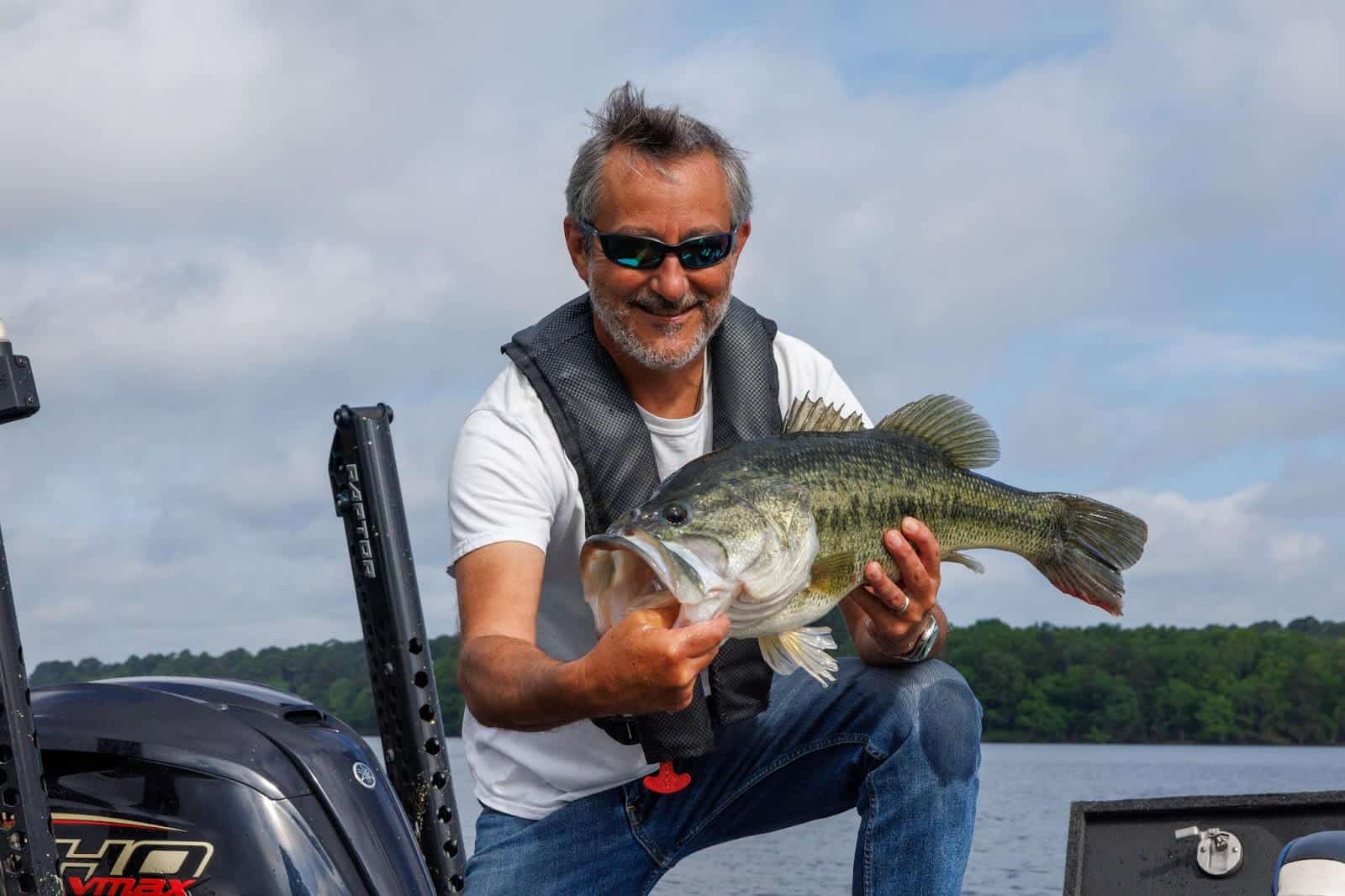New bill may mean renewed nationwide dedication to nongame and game species
ON 12-20-2017

Dec. 20, 2017
Randy Zellers
Assistant Chief of Communications
Rumblings of a new conservation movement have been heard in the U.S. House of Representatives for months. Thanks to bipartisan support from Representatives Jeff Fortenberry (R-NE) and Debbie Dingell (D-MI), the Recovering America’s Wildlife Act has been introduced. The bill proposes to devote additional money to wildlife conservation throughout the U.S., using money from energy development on federally owned land.
The Recovering America’s Wildlife Bill is the result of the Blue Ribbon Panel on Sustaining America’s Diverse Fish and Wildlife Resources co-chaired by David Freuenthal, former governor of Wyoming, and John Morris, founder of Bass Pro Shops.
If passed, the bill would dedicate up to $1.3 billion annually in existing revenue from the development of energy and mineral resources on federal lands and waters to the Wildlife Conservation Restoration Program. These funds would be used to implement State Wildlife Action plans, which have already identified about 12,000 species in greatest conservation need.
Species of greatest conservation need are characterized as animals that are rare, have declining populations or do not have enough life history or conservation status research available to determine if they should be classified as threatened or endangered. Through the Arkansas Wildlife Action Plan, these species were identified so that steps could be taken to prevent them from becoming listed as federally threatened or endangered.
“In Arkansas, we have 377 species identified in this category,” said Caroline Cone, chief of staff for the Arkansas Game and Fish Commission. “The plan calls for ways to help conserve these animals and habitats they rely on, but this act will give us the funding to make the plan a reality.”
In Arkansas, the bill could mean as much as $13 million annually devoted to wildlife habitat restoration.
“Currently, we are able to devote about $600,000 to species of greatest conservation need, so this would be a game changer,” Cone said. “It would be as powerful for wildlife conservation as the Wildlife and Sportfish Restoration Program has been.”
The money to fund the conservation work would come from royalties, fees and bonuses paid to the federal government for development of energy and mineral resources on federal land. These fees already are collected by the federal government, and no new taxes or fees would be incurred to private companies or taxpayers.
AGFC Deputy Director Chris Colclasure agrees that the act will enable a shift toward wildlife and habitat management for all species.
“All of the states have been working to find a proactive solution to prevent any new species from being listed as threatened or endangered,” Colclasure said. “This new legislation will enable us to put those plans into action and work with many more partners to promote game species as well as nongame species.”
Colclasure stresses that the bill not only will benefit those “at-risk” species, but it also will pay huge benefits for hunters and anglers.
“Many of the species that would benefit share habitat with game species, such as quail, turkey and deer,” Colclasure said. “Any actions we take to benefit one, should benefit many others.”
To learn more about the act, visit www.ournatureUSA.com.
Recent News

Arkansas Wildlife Weekly Fishing Report
Jul. 17, 2025
Subscribe to Our Weekly Newsletter E-mails
Don’t miss another issue. Sign up now to receive the AGFC Wildlife Weekly Newsletter in your mailbox every Wednesday afternoon (Waterfowl Reports are published weekly during waterfowl season and periodically outside the season). Fishing Reports arrive on Thursdays. Fill in the following fields and hit submit. Thanks, and welcome!

